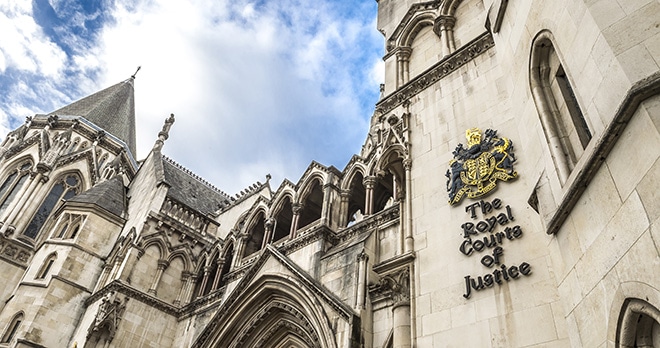Inquests: Conclusions

Conclusions
The purpose of an inquest is to identify the deceased and the time, place and circumstances of their death. The conclusion, previously known as the verdict, is the formal summary of how the death occurred. The conclusion will be entered into Box 4 on the Record of Inquest.
There are a number of potential conclusions which can be reached in an inquest. The conclusions could be a ‘short form’ conclusion, where just one or two words are used or a ‘narrative conclusion’ where a few sentences describe how a person came by their death. Some of the short form conclusions that could be reached include:
- Accident or misadventure
- Alcohol / drug related
- Industrial disease
- Natural causes
- Open
- Road traffic collision
- Stillbirth
- Suicide
- Unlawful killing
All conclusions have to be established to the test of the ‘balance of probabilities’, i.e. more likely than not.
I will explain the most common of the conclusions in more detail below:
Natural Causes
This would apply where the death was caused by the normal development of a natural illness which was not significantly contributed to by human intervention.
Accidental Death
This would apply where the person died as a result of actions by themselves or others that had unintended consequences; where the cause of death was unnatural but not unlawful.
Misadventure
This is similar to ‘accidental death’ but generally is used where it is found that the deceased had taken a deliberate action which unexpectedly and unintentionally went wrong resulting in their death.
Suicide
For a conclusion of suicide to be determined, there must be clear evidence which shows that the deceased intended to take their own life. A suicide note may be evidence of such intent, but is not in itself determinative. If there is insufficient evidence of the deceased’s intent to take their own life, then an alternative conclusion of misadventure, accidental death or an open conclusion may apply instead.
Open Conclusion
This is the conclusion reached where there is simply not enough evidence to return one of the other conclusions. This is quite a rare verdict and really only used as a ‘last resort’.
Open conclusions are generally discouraged, and it is often preferable for the coroner to write a narrative and stating which findings have and have not been made.
Neglect
In some cases the words “contributed to by neglect” can be added to one of the short-form conclusions above or to a narrative conclusion. However, the law is very limiting as to when this can be applied and neglect does not mean the same in law as it does in everyday language. For a finding of neglect to be established, the coroner or jury have to be satisfied there has been a gross failure to provide the deceased with his or her basic needs i.e. the provision of nourishment, liquid, warmth or medicine. There must be a clear causal link between this gross failure and the death of the dependent person. This is a high threshold and therefore neglect findings are relatively rare.
Narrative conclusion
In addition to the ‘short form’ conclusions set out above, it is also open to the coroner or jury to record a narrative conclusion, which is a paragraph or several paragraphs which seek to explain the circumstances in a descriptive way.
This can often be a more helpful conclusion, and is often preferred by family members of the deceased as it can refer to a wider range of circumstances than a simple short form conclusion. A narrative conclusion could also include reference to neglect if that was felt appropriate. A narrative conclusion must be directed at the central issues and does not have to include every issue raised at the inquest.
Reports to Prevent Future Deaths
The coroner is under a duty to make a recommendation for change if he or she feels that the death could have been prevented. The coroner will send the report to whoever they have identified as being the appropriate authority for reviewing the issue. They then have 56 days by law to respond in writing.
The response commonly includes confirmation that a certain practice or protocol has changed following the coroner’s recommendation.
Regulation 28 Reports, as they also known, are now published on the Government website and are accessible to the public, so that those involved are held to account.
These can be incredibly important for family members of the deceased, who are grateful to know that their loved one has not died in vain, and that further deaths will be prevented as a result of the inquest process. Find out more here.

Find out more about the inquest process
To help you understand it in more detail, our team have written an in-depth guide to the inquest process.
If you want to find out more about the process – from pre-inquest review to conclusion – as well as understand the terminology around the process, make sure to take a look at our guide via the link below.
Our specialist inquest team can help you through the process of an inquest. Please contact our enquiries team to find out more about how we can help.
Call now